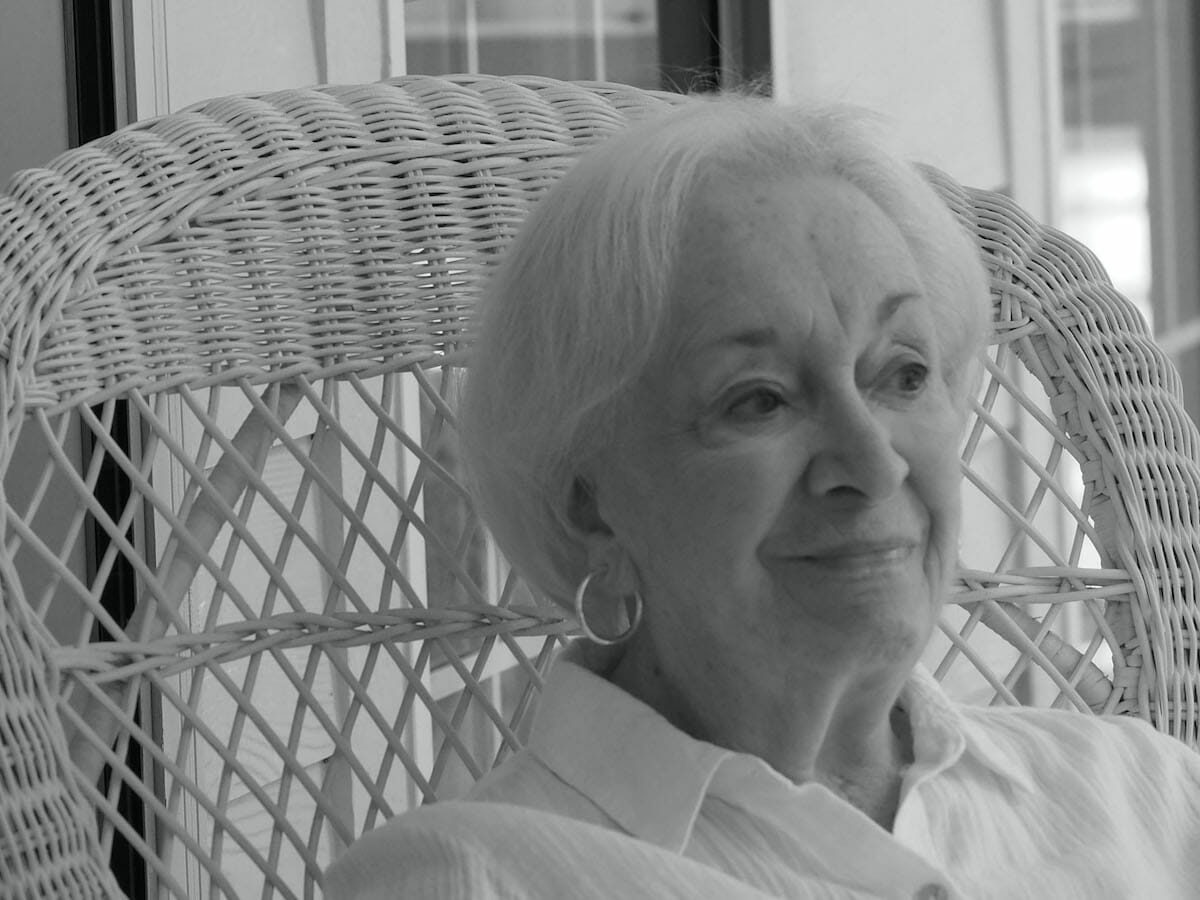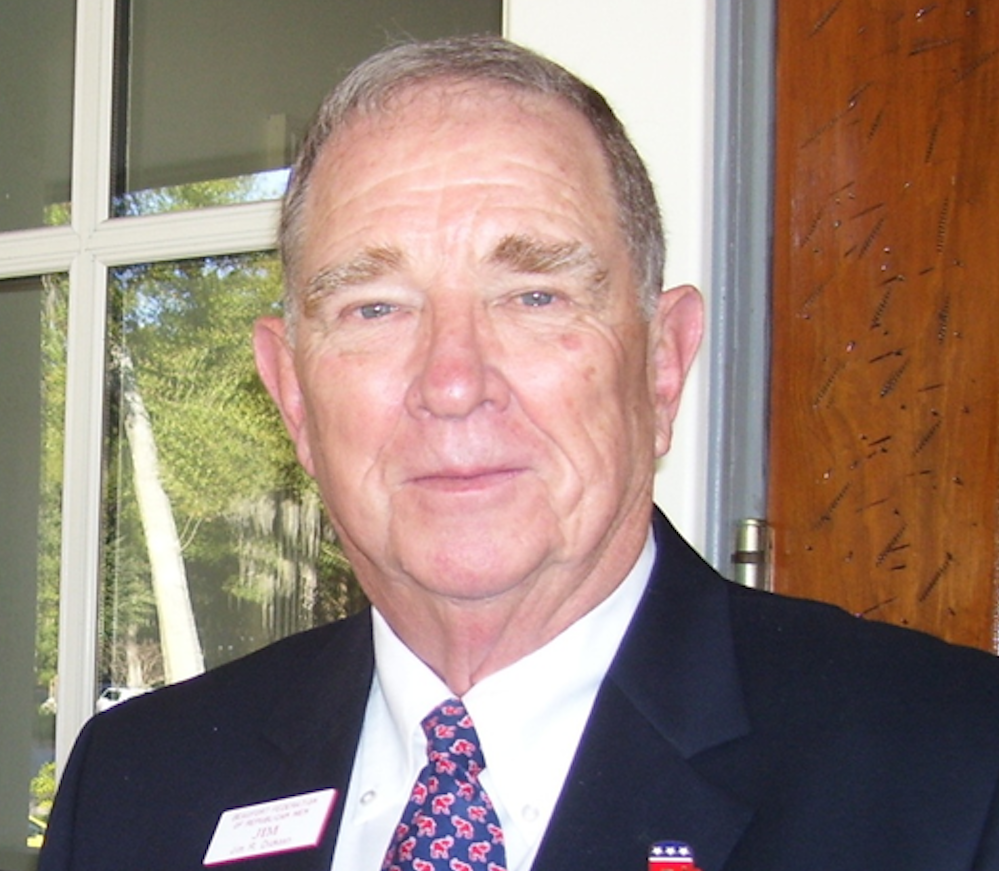By Scott Graber
It is Friday, hellishly hot, with no relieving, refreshing breeze from the Sound.
Many years ago Pat Conroy was doing a turn as an expat in Rome.
In those days (before Prince of Tides), Conroy was marginally famous but was not yet required reading for those majoring in Southern Literature. While in Rome he befriended Michael Mewshaw who arranged for Conroy to meet Graham Greene.
Greene was then living, part time, on Capri. He was a prolific author who had published The Quiet American, The Honorary Consul, The End of the Affair, The Heart of the Matter and other best sellers.
Greene was known for creating complicated, conflicted men trapped in a torpid, heat-deadened place like Saigon or Freetown, Sierra Leone. His novels were immensely popular, and he was often-singled out as the most insightful writer of the post-war era.
Conroy thanked Mewshaw for arranging the meeting but declined saying, “I have friends coming in from Atlanta.”
Mewshaw was — according to Conroy in his oral biography, My Exaggerated Life — flabbergasted. He urged Pat to cancel on his “Atlanta friends” and spend the afternoon with one of the best-known, best-read authors on earth.
In Conroy’s oral biography he said; “He (Mewshaw) never did understand why I didn’t want to hang around writers with supernatural gifts as if they would pass that flame on to me. Another part of my loser-dom for Michael was that I would not ask a writer for anything.”
“I could tell him, I don’t want to meet those people. I want to be those people.”
Greene had a reputation for being confrontational; and these two writers were very different in their approach to fiction; but similar in one respect. Both could — at any given moment — become an entirely different person.
I say this not knowing Graham Greene, but having read about a mercurial temperament that often sought a “row” with anyone in the room because it was almost a physical necessity for him (attributed to Malcolm Muggeridge in Greene of Capri).
I did know Conroy, and he would readily admit there were two persons lurking in his psyche. There was a boy, not unlike Ben Meecham in The Great Santini, who wanted little more than his father’s approval. But that boy shared that same emotional space with a raging, intemperate “warrior” who sought nobody’s approval.
Conroy’s fiction was robust, full of sound and fury often containing a dozen other tales within the confines of his central story. Greene was more subtle, antiseptic, his stories often ending in suicide. It is said the Greene’s prose reflected the fact that he was raised-up a Catholic in a cold, wet, dark country — Britain — experiencing the Depression, World War II and the rationing privations that followed the war.
Conroy and Greene were also different in their fictional treatment of women. Pat often depicted his women as smart, haunted, unhappy — think Shyla McCall in Beach Music. Pat’s fictional protagonist always coming to the rescue. Greene’s women were usually beautiful, caught up in affairs, and more or less disposable.
Greene’s fiction reflected the fact that women were still considered a lesser species in the 40s and 50s. Yes, indeed, there were women like Eleanor Roosevelt, Martha Gellhorn, Francoise Sagan, but the most famous women in those years were Grace Kelley and Katherine Hepburn.
Pat brought his fictional heroism to life when he championed Shannon Faulkner’s effort to get into The Citadel. One afternoon the two of us went to Corner Community — aka Frogmore — to hear Faulkner speak. I think we both believed her efforts were doomed although Pat would support her to the very end — and even after she walked out of the barracks for the last time.
Pat saw that revolution coming even if his college was blinded to it. He saw the day when the majority of lawyers, doctors and scientists would be women.
If Greene and Conroy had met, I would like to think it would have been at Ristoranti Bernini on the Piazza Navona. But I think Pat was being honest when he said he didn’t need a Graham Greene encounter to improve his own writing or to replenish his collection of conversational, big name-peppered anecdotes.
Many people drop names — I’m doing that in this column — and talk by stringing together anecdotes that are amusing. But that isn’t conversation. It’s performance. Pat Conroy was a daring conversationalist who got one involved and engaged. Then left that person stunned by the encounter.
Scott Graber is a lawyer, novelist, veteran columnist and longtime resident of Port Royal. He can be reached at cscottgraber@gmail.com.









